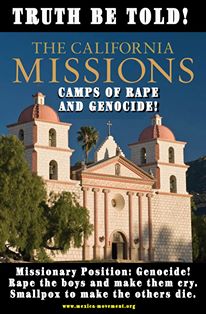 By Corine Fairbanks, American Indian Movement Southern California
By Corine Fairbanks, American Indian Movement Southern California
Many people outside of California are not aware that in the fourth grade, the curriculum includes studying the California Mission System. Little 4th graders run to the nearest Arts & Crafts store (Michael’s sells them in particular), to buy a styrofoam mission kit, that the student puts together and presents to the class. The project is designed to teach about California history, quickly and inaccurately, educate about California Native Nations, and the relationship they had with the missions. However, according to Alvin M. Josephy in his book 500 Nations, the history of the California tribes “was as close to genocide as any tribal people had faced, or would face, on the North American continent”.
In public schools, history books might skim over the fact that “Indians” were forced into labor. Rarely do they go into further detail as to how the Missions rivaled even the most horrific of concentration camps of fascist Germany. Professor of American Studies, David Stannard, states in his book American Holocaust that Franciscan missions in California were known to be like “furnaces of death”. Had the Padres been able to build a gas chamber, who is to say if they wouldn’t have gassed Natives that refused to meet building quotas, and those who revolted against the Padres, the Spanish military and the Colonizers?
A Franciscan missionary named Father Junipero Serra led a Spanish army up from Mexico and reached present-day San Diego to build the first mission in 1769. It was Serra who built the first of 21 missions that eventually stretched from the southern tip of the Baja California to Sonoma, just north of San Francisco. Missions, often built near presidios (military outposts), helped the surrounding pueblos to steal and develop pristine land. Slave labor would then in turn exploit and export natural resources.
Spanish soldiers kidnapped Indians by the thousands. They were given Spanish names, dressed in blue uniforms, forced into slavery to build the missions and to work in the surrounding farms or pueblos, in which the church was generously compensated. They also were forced to care for livestock, tanned hides, and produced candles, bricks, tiles, shoes, saddles, soap and other necessities.
Many Native families have kept record of what life was like living in the missions by way oral history. The missions imprisoned Natives in cramped quarters, with poor ventilation and bad sanitation, which encouraged the spread of disease. Native Peoples were fed “gruel” and not allowed to hunt fish or gather their traditional foods. The People were not allowed to speak their own language, sing, pray or practice ceremonies, nor were they able to keep their families intact. Children were separated from parents and housed in different quarters. It was common for women and children to be raped and kept as sex slaves. In her 2010 essay, “Rape is the Weapon, Story is the Cure,” Professor Deborah Miranda (Ohlone Costanoan Esselen Nation), argues “that California Indian women still have not healed from the tragedy of Missionization, colonization, and the violence it inflicted on our bodies”.
“Escapees” were hunted down tortured (often branded like livestock), mutilated and killed to deter others from attempting the same.
“I think everyone, historians and Indians alike, agree that Missionization was a disaster for the Indians: our estimated population numbers went from about one million to 15,000 in just under 200 years. We lost almost all of our land, all of our natural resources (that provided food and shelter), many of us lost our language, religion, and communities. Can you imagine if 8 out of every 10 people you know died from being taken over by another group of people who showed up in your town? Diseases from Euro-Americans did so much damage that we almost didn’t survive.
The hardest part was losing our homelands. The Missions made us move into the Missions, and sixty-five years later when the missions closed down, all of our land was taken by other non-Indian people, so we had nowhere to go, no way to feed ourselves. Mexicans used Indians as free labor – for a meal and a place to sleep, Indians worked almost like slaves for the Mexican Ranchos.
The average baby born in a California mission only lived to be 7 or 8 years old; some disease or other would kill them. Also, because of a Euro-American disease called syphilis, many Indian men and women could no longer have babies, so there were no new kids to replace the people who died. Every time an old person died, it was like an entire library of knowledge, history and stories burned down.” —Dr. Deborah Miranda, Ohlone Costanoan Esselen Nation.
Beginning in 1775, many of the mission Indians began to revolt. Some 800 Ipai and Tipai Indians burned down the San Diego mission that year. The revolt was brutally put down by the Spanish soldiers, as were all of the revolts. The revolt of San Gabriel Mission in 1785, was co-lead by a woman named Toypurina. She was known to be a medicine woman and respected leader. When she was caught, at her trial she was recorded as having said, “I hate the padres and all of you, for living here on my native soil, for trespassing upon the land of my forefathers and despoiling our tribal domains.” Rebellions and uprisings were not unusual. Another famous rebellion occurred at the Missions of Santa Inés, Mission Santa Barbara, and Mission La Purisima, known as the Chumash Revolt of 1824 .
Some people have argued that schools have lacked accurate educational materials and tools to teach about this period of time. We argue that it is intentional. The way the curriculum is constructed in schools, it is part of a larger picture to invalidate and erase Indigenous existence. Rarely are Native people asked to participate and recount their history, unless it will evoke warm and fuzzy feelings, and reinforce the lies that the United States and Indian wars were one huge misunderstanding, a sorta, “you say, potato, I say patatoe,” kinda thing. Where the Colonizers have been able to rewrite history, Hollywood fills in the blanks with technicolor stereotypes and myths.
“…non-Indian people had to convince us we were something other than what we were. To kill our ancestors and take our lands, they had to define us a something less than human. To colonize or exterminate a people you must first define them as a weed. You must transform them from a person to a pestilence. Once objectified, they can be killed without thought or remorse. But this process is even more insidious…
Non Indian invaders created a caricature of the Indian. They described us so often and so consistently over generations that we began to believe the lies ourselves and act in harmony with this view. A lie told a thousand times often becomes the truth to those who tell it, to those who hear it, and to even those that the lie is about.” —Don Coyhis, Mohican Nation
Elementary Schools and the insistence to keep the Mission project in the curriculum nurture lies that the colonizers were benevolent father figures that came here by divine direction and divine right. It primes school age children to keep swallowing lies that have roots with the Papal Bulls of the 15th century, which gave Christian explorers the right to claim any land that was not inhabited by Christians, to be “discovered”, claimed, and exploited. The wounds of “historical trauma” are kept open and festering by not teaching about the REAL histories of these missions, and the atrocities that took place here on the west coast.
“Most importantly, it is about making connections between what happened THEN with the current conditions of California Indians (economic, educational, psychological, legal). How many of the history books have you read actually do that? or prepare students to think about these connections in their future? How many texts used in the classroom contain the voices of California Indians? How many texts teach children that Missionization was not good for Indians in any way, shape or form – not now, not then, not ever – and yet, the ideology behind Missionization continues to harm contemporary California Indians and the non-Indian children who grow up to be adults with no clue about that?
Southern California is covered in faux-Mission style buildings, red tile rooftops, tourist destinations that celebrate the Missions as cultural and civilizing successes. The culture itself is deeply damaged by myths that celebrate Spanish/Mexican rule and thereby denigrate Native Californian lives and culture. There is very little information available to the general public that even begins to question that mythology, let alone refute it. This affects the efforts of Native Californians alive today in a multitude of damaging and negative ways.” —Dr. Deborah Miranda, Ohlone Costanoan Esselen Nation
So if your fourth grader is instructed to build one of these styrofoam monstrosities, AIM Southern California offers a few suggestions to replace the current requirement:
1) Negotiate with teacher to have your child interview a California Native Tribal member- documenting oral history, past and present….(often these school lessons foster the myth that California Native people no longer exist. California Native people are hardly ever discussed in present tense, or if they are, the word “Casino” is often in the same sentence, and no, not all California Native Nations have casinos).
2) If Teacher is not willing to substitute lesson plan for above suggestion, and the student ABSOLUTELY has to build a styrofoam California “concentration camp,” then construct one that exhibits slave labor practices, horrible living conditions, and tortured women and children. Use fake blood to sprinkle about to represent the massive bloodshed that Padres and Spanish military perpetuated together and finally, be sure to include the mass graves sites that dead Natives were carelessly chucked into by the Padres.
3) After completing the mission project, invite family and friends over, and under adult supervision, (with plenty of water on hand) take a match and torch it! Celebrate the completion of this horrific assignment that has probably triggered “post traumatic stress disorder” like symptoms for your entire family. Please take pictures of your burning down the mission or better yet, YouTube it, so that we can all enjoy the spectacle!
Misssions and the California Mission system should not be regarded as a symbol of a golden era in California’s history. Missions should be regarded for what they were, as death camps- where people were enslaved, tortured and murdered.
-Corine Fairbanks
American Indian Movement
Southern California
(copywrite c.fairbanks 2014)


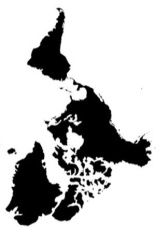

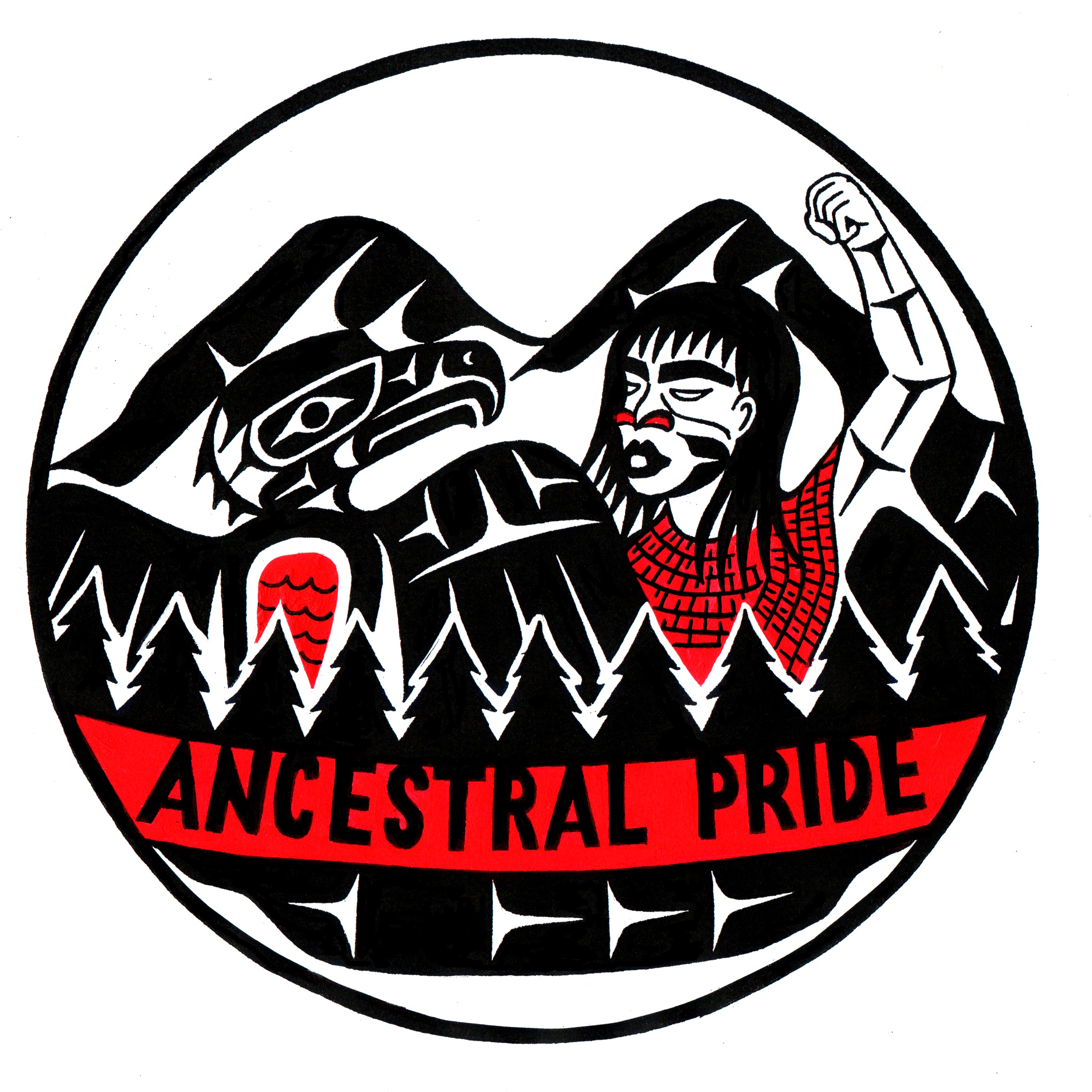

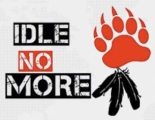






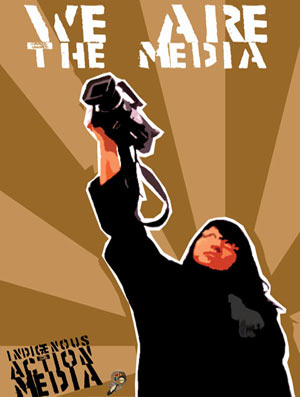













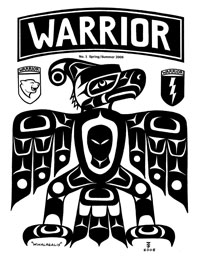


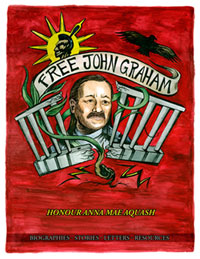



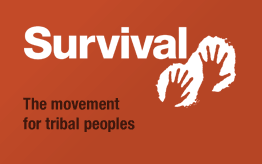


great research! More here on the genocidal Father Junipero Serra.. there’s a whole movement to MAKE HIM A SAINT! It’s in English below the Spanish version.http://thefreeonline.wordpress.com/2013/11/23/el-papa-francisco-quiere-canonizar-el-autor-de-un-genocidio-de-indigenas/
I’m a descendent of San Gabriellinos. One thing this story didn’t mention is that if a Indian rebelled, he was tossed into the mortar of the bricks used to make the mission. There are thousands of Native bones in the walls of these missions. Later, my people were brain washed to believe in the Catholic religion.
Thank you! When I was in fourth grade in 1988 I flat out refused to do the mission project of my own volition because I wanted no part in glorifying a group of religious people who commuted horrible acts so they could merrily force the natives to deny their culture and religion or be tortured and murdered. I got a C. Now I have my own child who will be in the fourth grade next year and I have no intention of allowing him to do that project and I needed some resources to site when o talk to the school just in case.
Pingback: The Lesser-Told Story Of The California Missions | Hoodline – memoryBase